Aesthetics Lipoma
Lipoma is a benign (non-cancerous) fatty lump that forms beneath the skin. Surgical removal is a safe and simple procedure, especially when done for cosmetic or comfort reasons.
- Home
- Service
- Aesthetics Lipoma
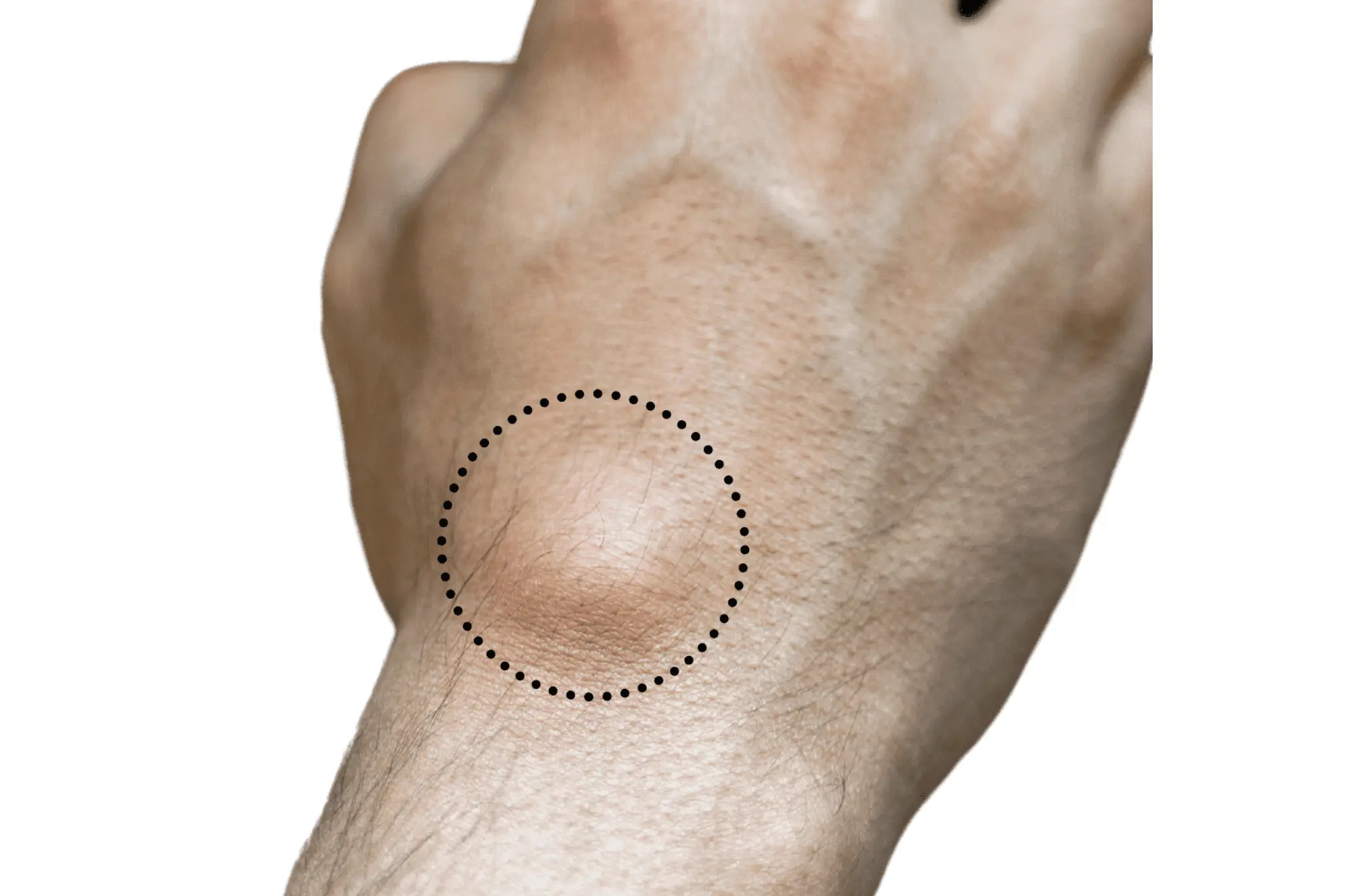
Description
A lipoma is a soft, rubbery, and usually painless growth made up of fat cells. It typically grows slowly just under the skin and can appear on areas like the back, shoulders, arms, or thighs. Although harmless, some patients opt for removal if the lump causes discomfort, restricts movement, or affects appearance.
Aesthetics-focused lipoma removal is a minor surgical procedure often done under local anesthesia. It involves making a small incision and excising the fatty mass. The wound is closed with stitches, and healing is quick with minimal scarring, especially when handled by a skilled surgeon.
Aesthetics-focused lipoma removal is a minor surgical procedure often done under local anesthesia. It involves making a small incision and excising the fatty mass. The wound is closed with stitches, and healing is quick with minimal scarring, especially when handled by a skilled surgeon.
Conditions Treated
- Lipoma (single or multiple)
- Deep-seated fatty lumps
- Lipomas causing discomfort
- Large cosmetic lipomas
- Recurrent lipoma growths
Tests and Treatments Offered
- Physical examination
- Ultrasound or MRI (if needed)
- Fine needle aspiration (in rare cases)
- Surgical excision under local anesthesia
- Wound care and follow-up checkup
Special Offer on Aesthetics Lipoma
Actual Price
₹30,000
₹25,000/- Only
Estimated Stay: 2 Days
Book Appointment
How it works
Procedure and Process Treatment
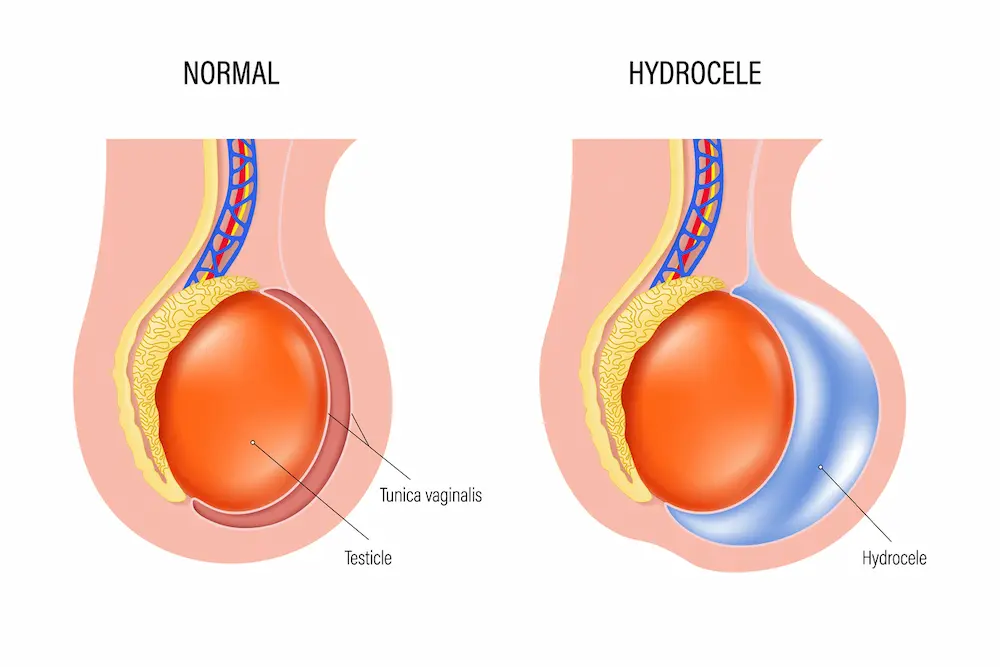
Hydrocele
Painless swelling around the testicles can be more than a discomfort — Hydrocele surgery at Low Cost Surgicals offers safe and permanent relief with minimal downtime.
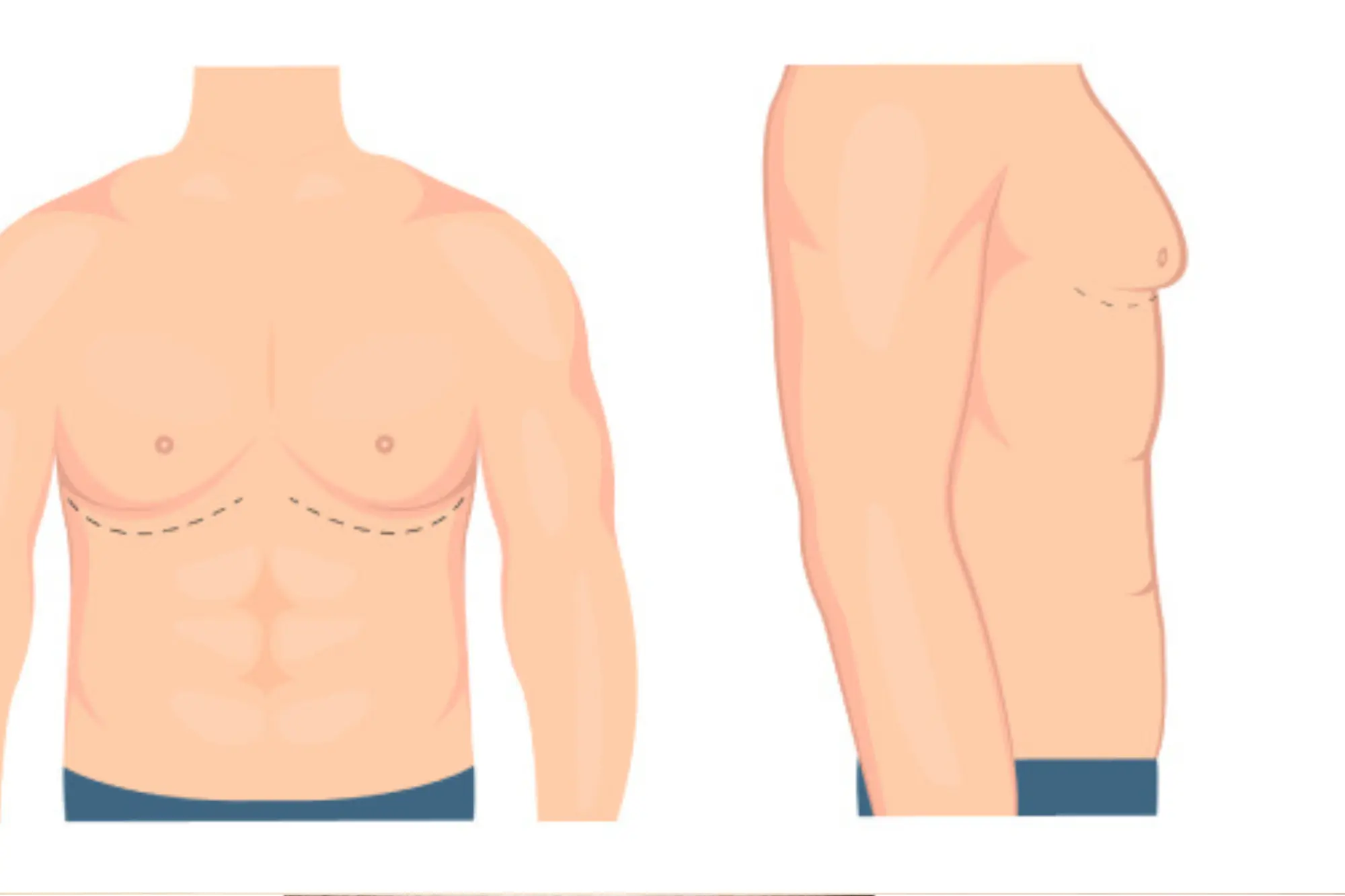
Aesthetic Gymnecomastia
Gynecomastia is the enlargement of male breast tissue, often causing discomfort or self-consciousness.
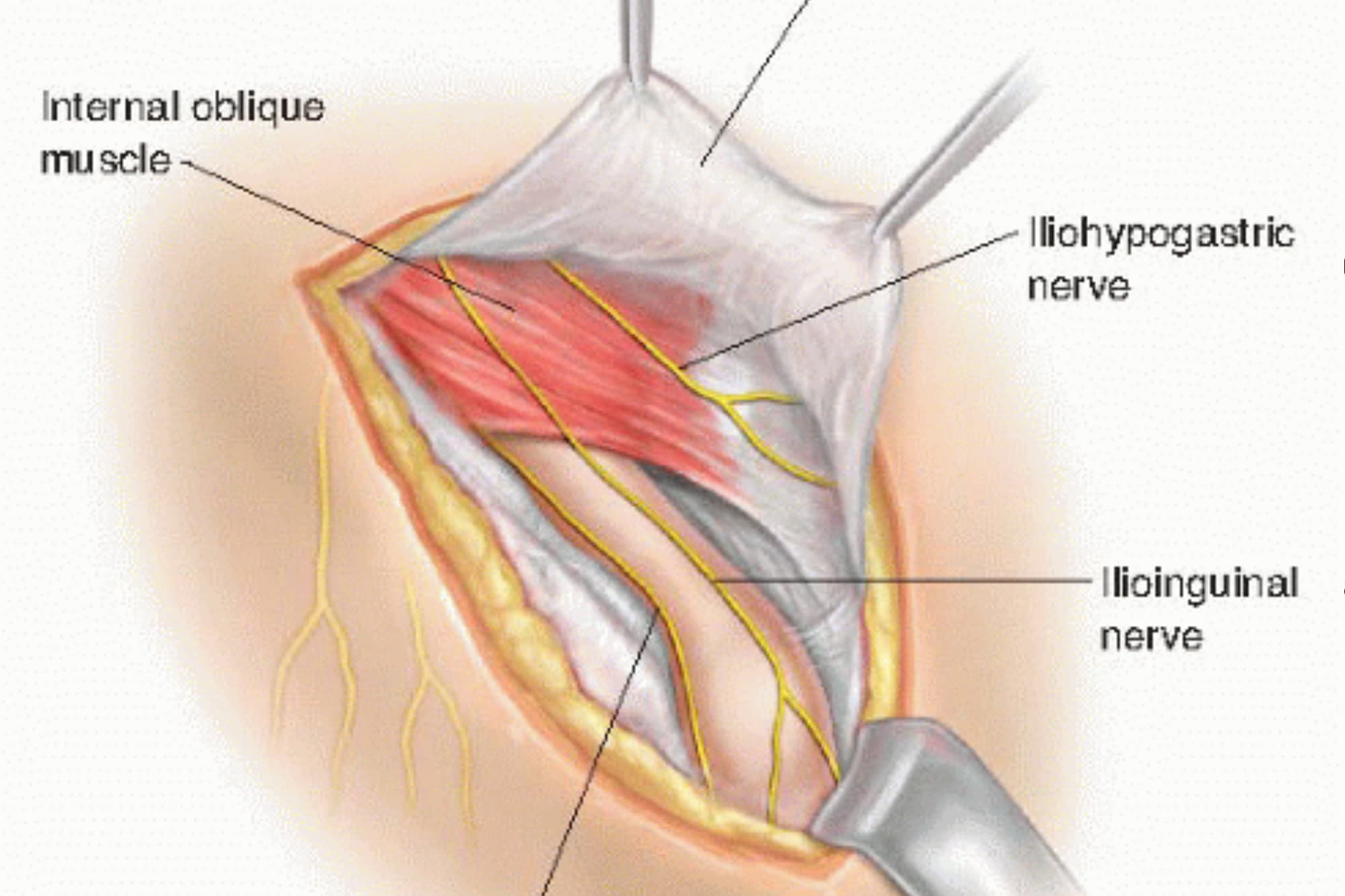
Open Unilateral Inguinal Herina
Open unilateral inguinal hernia repair treats a single groin hernia using a traditional surgical method.
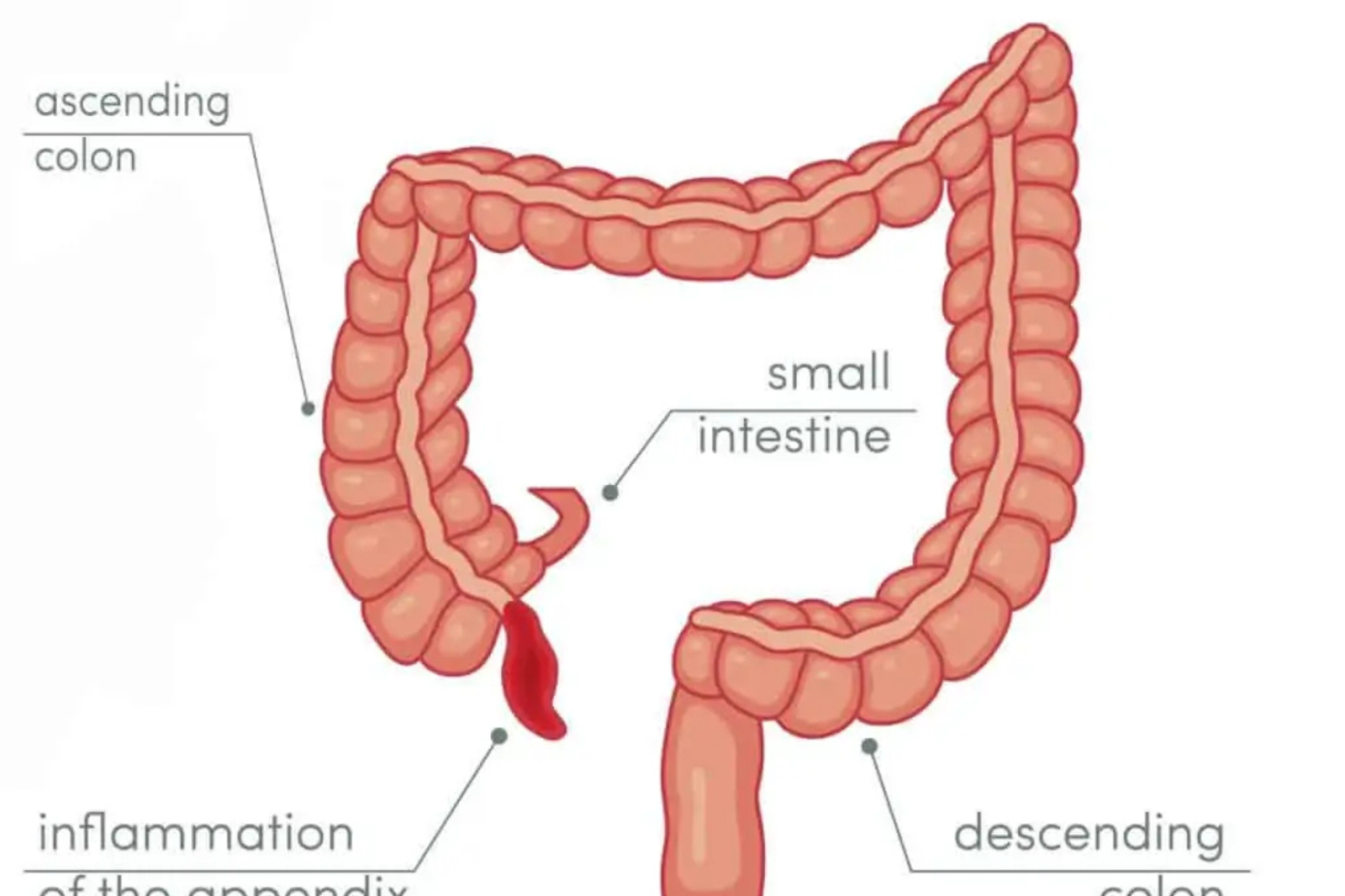
Appendicitis
Appendicitis is a medical emergency where the appendix becomes inflamed and filled with pus.
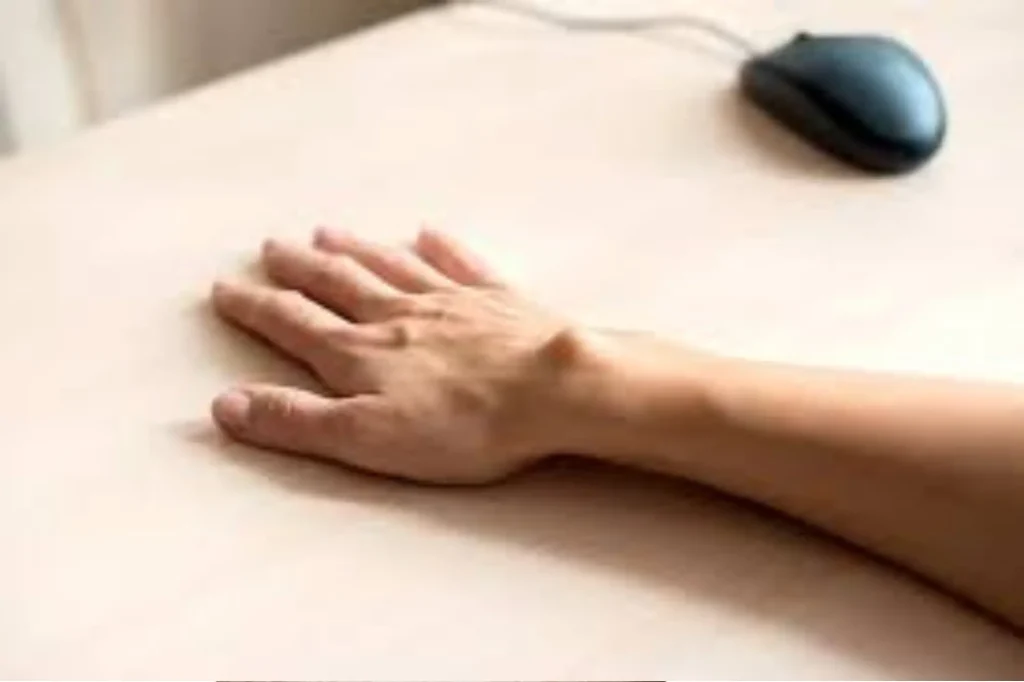
Restore Comfort and Appearance
Lipoma removal is a quick and reliable way to improve both comfort and appearance. With expert care, scarring is minimal and results are long-lasting.
Frequently Asked Questions
Here are answers to common questions about aesthetic lipoma removal:
No, the procedure is done under local anesthesia and is generally painless.
If fully removed, it is unlikely to recur. However, new lipomas can develop elsewhere in rare cases.
Most patients recover within 7–10 days. Stitches are removed during a follow-up visit if needed.


